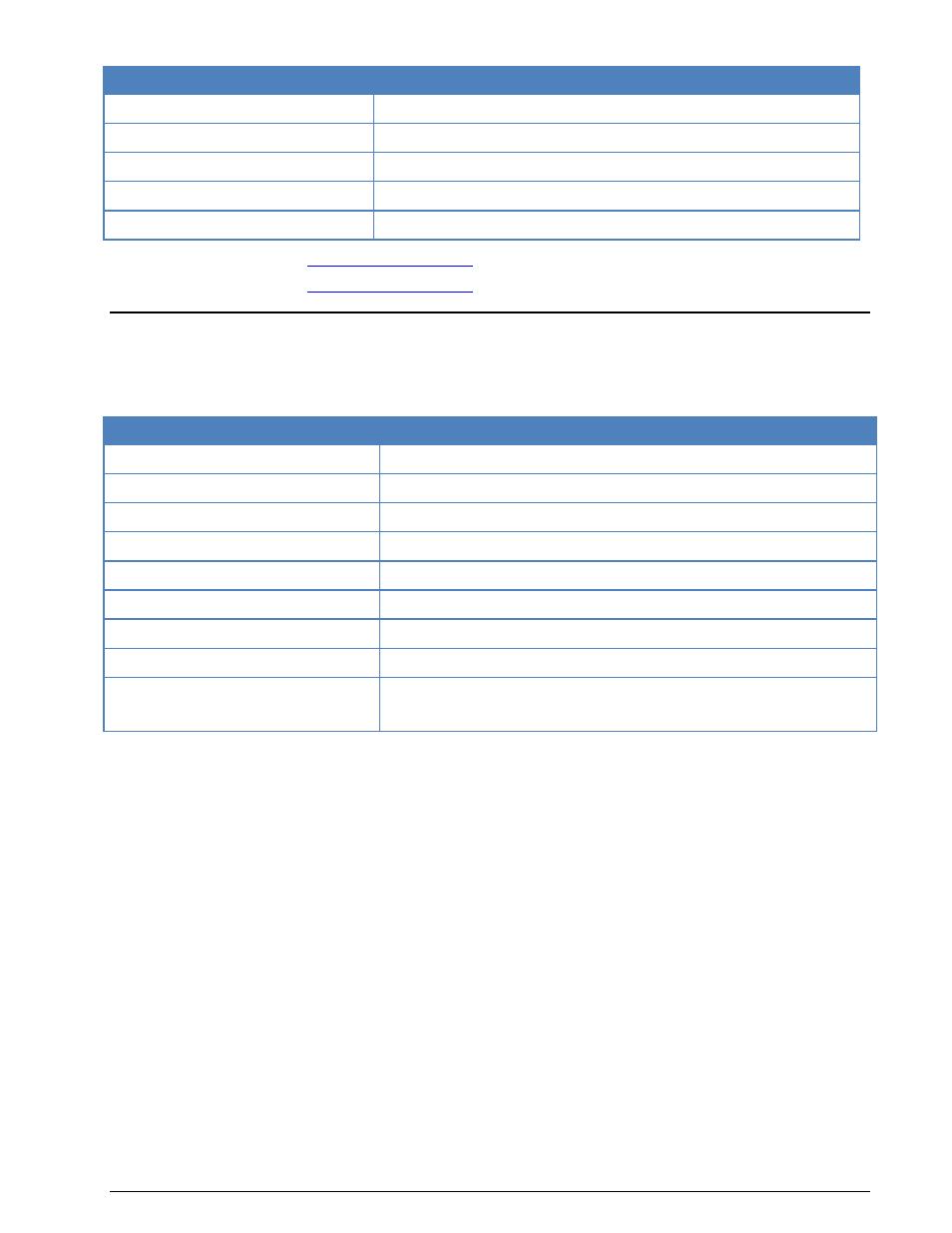Mpt-1327 – Wavecom W61PC V7.5.0 User Manual
Page 190

180
Transmission Modes
WAVECOM Decoder W61PC/LAN Manual V7.5
Parameter
Value
Frequency range
2-Wire
Operation modes
DATA Modem
Modulation
FSK
Speed
1200 bps
Input format(s)
AF
Additional information see “
” on page 280.
Additional information see “
” on page 280.
MPT-1327
Trunked mobile radio makes a limited number of radio channels available for a relatively large number of
mobile subscribers by channel sharing and appropriate access and signaling procedures on a control chan-
nel. The software monitors control and traffic channels.
Parameter
Value
Frequency range
VHF/UHF
Operation modes
Duplex ARQ TDMA, Dynamic Frame Length Slotted ALOHA
Modulation
FM, SUB FSK
Symbol rate
1200 Bd
Center frequency
1500 Hz
Shift/Bandwidth
600 Hz
Receiver settings
FM BW = 15 kHz
Input format(s)
AF, IF
Additional Info
Channel spacing = 12.5 kHz
NZRI
A trunked network is controlled by a fixed base station (TSC - Trunked System Controller). Wide areas re-
quiring radio coverage are divided into cells each of which is controlled by a TSC. The TSCs are connected
to a hub and are controlled by a Management Controller. The TSCs register roaming of the mobile units
and route traffic to the TSC which is nearest to the subscriber. TSCs may be connected to the public tele-
phone network.
Trunked systems may carry voice or data signals. The mobile unit uses two-channel simplex and the base
station full-duplex.
The British MPT-1327 specifications for trunked private land mobile radio systems have won general and
de facto acceptance in Europe. MPT-1327 specifies the general signaling features to be used on the
trunked system. The system is used in the UK, France, Germany (Chekker, License A), Switzerland
(Speedcom) and the Scandinavian countries with national adaptations.
The control channel is divided into the Forward Control Channel from base station to units, and the Return
Control Channel from units to base.
The forward control channel may be dedicated (fixed), non-dedicated (any free channel) or the same for
all TSC's, which then access the channel in TDMA (time division multiple access).
The return control channel is randomly accessed by the mobiles in timeslots of 106.7 ms (128 bits).
The forward control channel is divided into time slots each carrying two 64-bit code words:
A Control Channel System Codeword (CCSC), which identifies the system to radio units and pro-
vides synchronization to the following address codeword